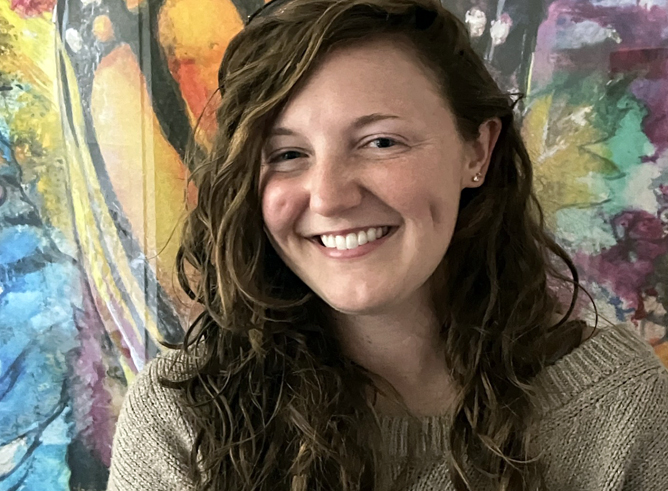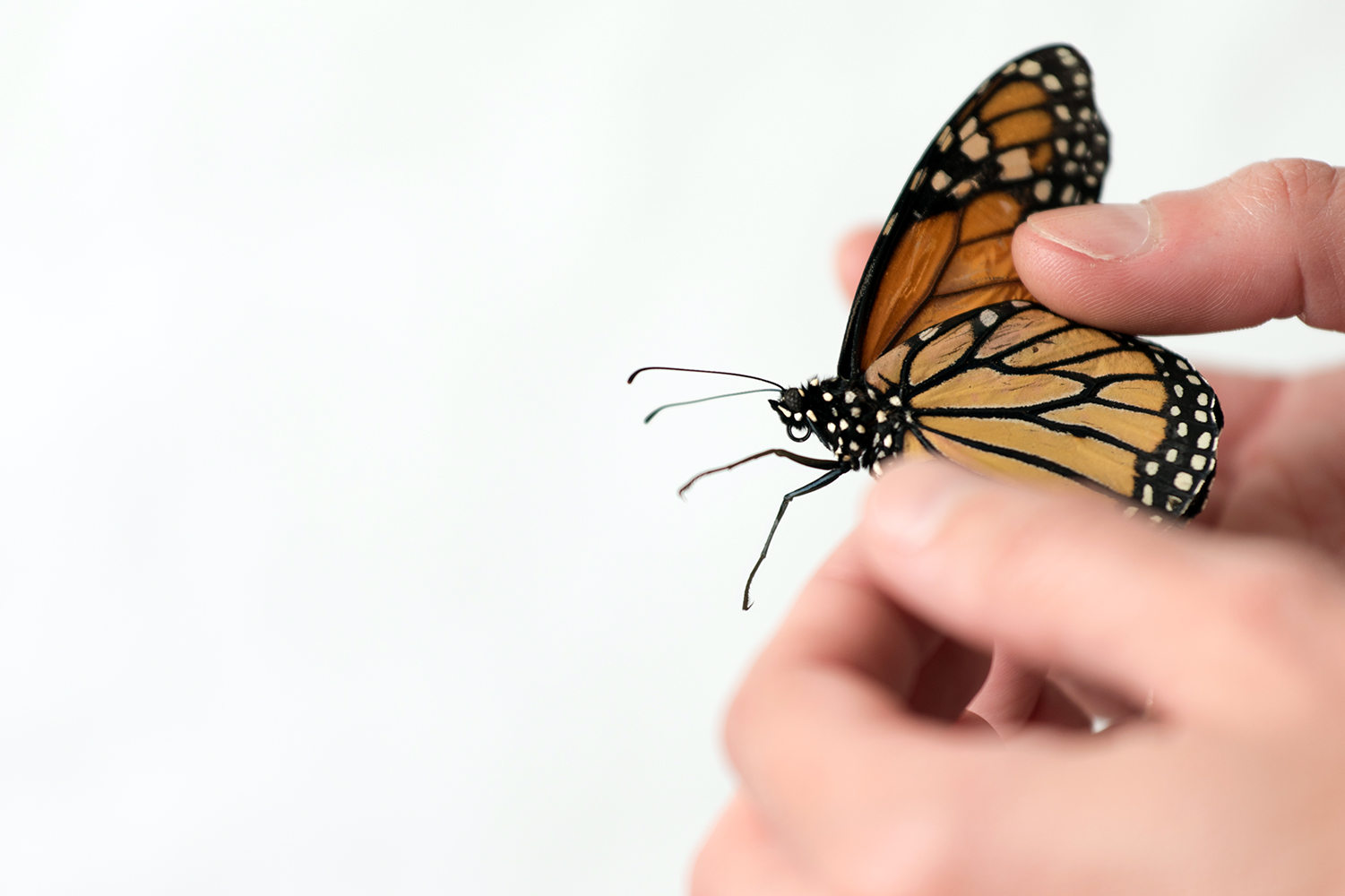
Dr. Kayla Goforth, a postdoctoral research associate in the Department of Biology at Texas A&M University, has been selected to receive a 2024 Life Sciences Research Foundation (LSRF) Postdoctoral Fellowship in recognition of research promise and potential in exploring critical questions in all areas of the life sciences.
The LSRF was founded in 1981 by the late Dr. Donald D. Brown with a two-part goal: identifying exceptional young scientists and securing funding for their projects. In addition to selecting dozens of worthy finalists from among the average 500-plus proposals it receives each year spanning 14 broad life sciences categories, the foundation simultaneously works to identify individuals, companies and foundations across the world with the desire and capacity to support all awardees. After LSRF finalists are identified by the organization’s peer-review committee, sponsors then select the finalist(s) they wish to fund from within this peer-reviewed subset.
“Don Brown, founder of the organization, came up with the format of LSRF as the best way to produce great science: get bold and creative leaders in all fields of biology to identify the best young postdoctoral scientists and then fund their bold and creative plans,” explained LSRF President Douglas Koshland.
Goforth is among 21 early-career postdoctoral researchers selected to receive funding during the next three years as they investigate questions surrounding the remarkable and unexplained mysteries of biology and critical questions in human health. She is the first recipient of the prestigious award in the history of Texas A&M and one of three 2024 awardees from Texas-based institutions being supported by The Welch Foundation, which will provide $100,000 per year to each member of the trio to support their research career development in Texas as they explore important problems in novel ways in laboratories offering world-class training.
Working on a question as complex and interdisciplinary as chemical magnetoreception, which is the focus of Kayla’s work in my lab, is no small task. Her intelligence, determination and willingness to embrace uncharted waters with unwavering passion will bring her very far.
The 2024 awardees, announced by the LSRF on Aug. 1, join more than 700 other scientists whose careers have been kickstarted by LSRF postdoctoral awards since 1983. In addition to annual stipends, they will have multiple opportunities to meet annually, share their research and interact with peers in research fields distinct from their own as they broaden their scientific training as well as academic and industry horizons.
Since August 2023, Goforth has been a member of Texas A&M biologist and 2020 Presidential Impact Fellow Dr. Christine Merlin’s laboratory within the Texas A&M Center for Biological Clocks Research. The Merlin Lab uses the monarch butterfly as a model to study animal migration, the role of circadian clocks in regulating daily and seasonal animal physiology and behavior, and the evolution of the animal clockwork. Goforth plans to use her LSRF grant to tackle one of the last frontiers in sensory biology: the identification of the receptor and underlying mechanisms used by animals to sense the Earth’s magnetic field for orientation and navigation.
Goforth will use the iconic monarch, previously established by the Merlin Lab as a genetically tractable model system for the study of chemical magnetoreception — specifically, to investigate the role of two light-sensitive proteins, cryptochrome and ultraviolet opsin, in this process. Before coming to Texas A&M, Goforth earned her Ph.D. in biology in May 2023 from the University of North Carolina at Chapel Hill, where she spearheaded similarly innovative behavioral work on magnetoreception in sea turtles.

“Kayla is a spectacular young scientist,” Merlin said. “Working on a question as complex and interdisciplinary as chemical magnetoreception, which is the focus of Kayla’s work in my lab, is no small task. Her intelligence, determination and willingness to embrace uncharted waters with unwavering passion will bring her very far. It is difficult to put into words the privilege it is to work with her, and I cannot wait to see where her project leads her.”
Merlin says Goforth’s LSRF-funded work will complement other studies on chemical magnetoreception within her laboratory that are supported by a three-year interdisciplinary grant from the Human Frontier Science Program. In a synergistic collaboration with colleagues in Israel (Drs. Igor Shapiro and Mickey Kosloff) and Japan (Dr. Hideaki Kato), the team will elucidate the unexplored role of ultraviolet opsins in magnetic sensing using quantum chemical simulations, 3D protein structure modeling, bioinformatics, cryo-electron microscopy and behavioral neurogenetics.
“Magnetoreception remains the only sense in biology for which the receptor is not known with any certainty, and this work has the potential to end this decades-long search,” Merlin said. “By combining her extensive expertise in a notoriously hard-to-track behavior with genetics and molecular biology in the Merlin Lab, Kayla will emerge with a breadth of knowledge that will set her on the path to addressing one of the most difficult questions in sensory biology. How animals sense, integrate and use Earth’s magnetic fields to perform long-distance migrations is a fascinating phenomenon that continues to capture the imagination of scientists and the public alike.”
Learn more about the Life Sciences Research Foundation or current research projects underway within the Merlin Lab.
Find additional information about graduate research in the College of Arts and Sciences or postdoctoral research opportunities at Texas A&M University.

